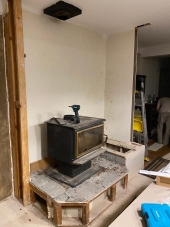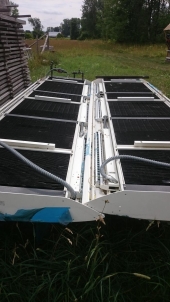




























Our inability to change everything should not stop us from changing what we can.




Robert Ray wrote:If we are still talking instant here. Small diameter coil of soft copper bends easily without having to be annealed. Batch heating is no where near instantaneous.




 1
1

















Our inability to change everything should not stop us from changing what we can.
 1
1




Matthew Goheen wrote:Also, for anyone wanting to use 1/4” pipe, the recommendations i’ve seen are to use 3/4 or above, as narrow pipe like 1/4” has a higher propensity for the water to flash to steam, due to larger surface area in relation to volume of water contained.

|
To avoid criticism do nothing, say nothing, be nothing. -Elbert Hubbard. Please critique this tiny ad:
Rocket Mass Heater Resources Wiki
https://permies.com/w/rmh-resources
|






